To celebrate the new year and new beginnings, we asked a dozen artists about the first exhibition or piece of art that inspired or impacted them. In the following interviews, Misha Hollenbach, Synchrodogs, Allison Schulnik, Eric Yahnker, Chloe Wise, Brian Scott Campbell, Erin M. Riley, Fuzi Uvtpk, Emily Motto, Stanislava Pinchuk, Ari Marcopoulos, Baron Von Fancy and Ana Kras discuss the works that changed how they viewed art, shaped their early careers or affected their artistic direction. “I remember, in particular, standing in front of ‘Woman Knitting’ by Chaim Soutine and feeling a swell of something heavy,” explains Schulnik, whose own work is textured and woozy. “I’m not sure I could explain exactly what I felt or how it impacted me. I just knew it was a perfect painting. It solidified something inside of me.” The artists also discuss how they felt when looking at artwork that resonated with them for the first time. “I remember seeing a Waterhouse retrospective in Montreal, which really spoke to me in terms of representations of women,” says Chloe Wise, who often paints sensual and satirical self-portraits. “I love how he paints highlights and water and flowers and see-through fabric. Mmmmmm, getting excited thinking about it now.” So are we.
Misha Hollenbach on Big Art “When I was around 10 or 11, I was on a school excursion where we went to the capital city of Australia, Canberra, to the Museum of Modern Art there. I cannot remember the gallery, or the bus-trip, but what I can really remember was a large painting. I can’t really remember the actual painting either. It was either a massive black-and-white Op art piece, or a large portrait, possibly Chuck Close. The painting itself isn’t important. What absolutely blew my mind was that art could be that large. I remember the piece took up a whole wall. This idea that a piece of art, a painting, could have such awesome scale. This made me realize that 2-D art could be bigger than what I had ever seen. At art-school, I painted a canvas in a friend’s barn/my temporary studio for the best part of a year, and had to bring it to school for assessment. I hired a van. The painting didn’t fit in the school doors, so assessment had to take place in the street, and the painting returned to the barn. I also have pondered a phrase I once heard: ‘If you can’t make something good, just make it really big.'”

Synchrodogs on Memorable Global Art “We were at the Venice Biennale in 2009, and that was when we first realized that art can be big. We didn’t plan on going to any exhibitions, we were just in Venice as we were hitchhiking through Europe that summer, but when we attended the first show we were intrigued too much to stop. It looked like all of them were competing to create something global, and we liked the idea of doing something that stays in one’s memory for long time.”
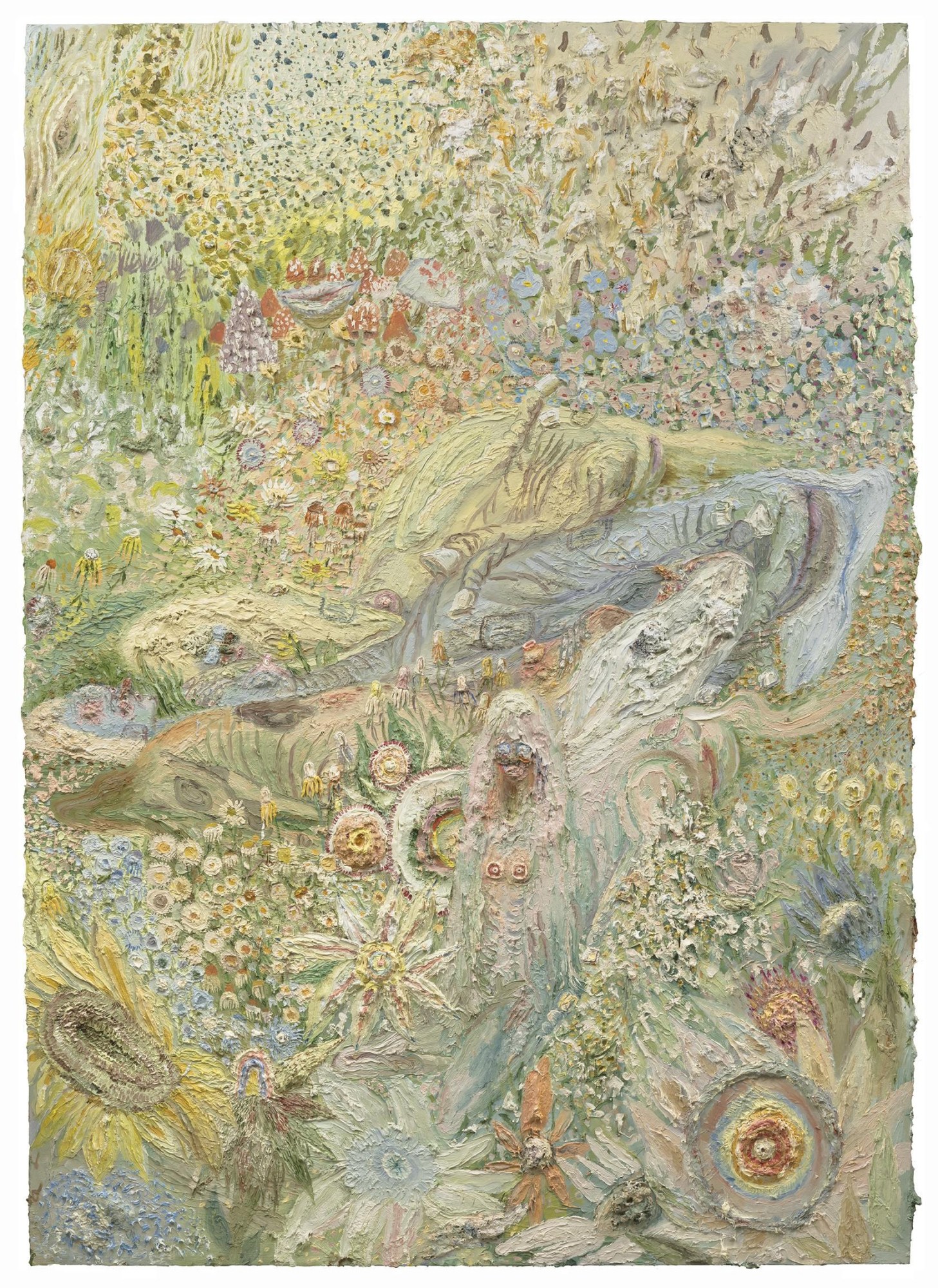
Allison Schulnik on Chaim Soutine “It’s hard to remember the first exhibition that moved me, since there must have been many. I do have a clear memory of seeing a German Expressionist painting show at the San Diego Museum of Art sometime in high school (maybe 1995?). I remember, in particular, standing in front of Woman Knitting by Chaim Soutine and feeling a swell of something heavy. I’m not sure I could explain exactly what I felt or how it impacted me. I just knew it was a perfect painting. It solidified something inside of me.”
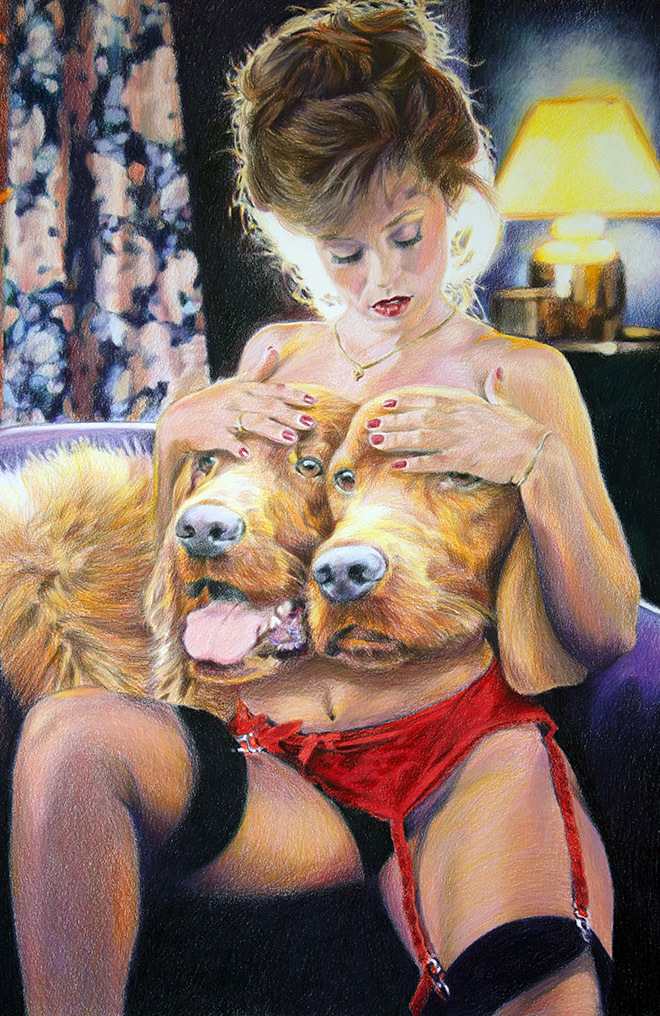
Eric Yahnker on Saul Steinberg and Ronald Searle “It may sound like utter bullshit, but starting out in journalism and coming to animation on a whim, I barely knew art museums and galleries even existed through my formative years. My art awakening primarily existed in the endless stacks of mylar-covered books in the CalArts library. I remember becoming completely obsessed with the graphic brilliance of Saul Steinberg and the elegance of Ronald Searle. After graduating CalArts and working in animation for several years, I somehow chanced upon a book on artist Tom Friedman that rocked my very foundation. It was fine art that truly had an animator’s sensibility—wit, discipline, craft, gags, sarcasm, commitment and care, as well as ensconced personal narratives. For me, it was the missing link, and I started a complete investigation into a world of art I never before considered or thought I’d be a part of. In August 2004, I dropped out of animation, rented a studio, and started making work.”

Chloe Wise on Waterhouse “I remember seeing a Waterhouse retrospective in Montreal, when I was finishing high school or starting university, which really spoke to me in terms of representations of women. Waterhouse, like many of the Pre-Raphaelite painters, represents women so beautifully, seductively, tragically and powerfully, somehow simultaneously, and I love that diversity in portraiture. I love how he paints highlights and water and flowers and see-through fabric. Mmmmmm, getting excited thinking about it now.”

Brian Scott Campbell on Jean-Frederic Schnyder “I can remember seeing the Jean-Frederic Schnyder show at the Swiss Institute in New York in 2011 five or six times. This was a really important time in my life, because I had recently finished graduate school at Rutgers and was living in New York. The direction of my work was changing drastically; my ideas and influences were rapidly shifting. Snyder’s collection of diminutively scaled paintings in the huge, former Deitch building, overwhelmed and surprised me. They were gooey, rude, fresh, hilarious and terrifying. Bucolic scenes were combined with swastikas, witches and snowmen. They were abject and maybe slightly ironic, but they were sincere and uncomfortably intimate. The uniformly textured surface of these paintings, created with small measured brush strokes, only served to make the imagery that much stranger. All of these works were made in the 1990s, yet there was something immediately relevant and exciting about them, and they have stuck with me ever since.”
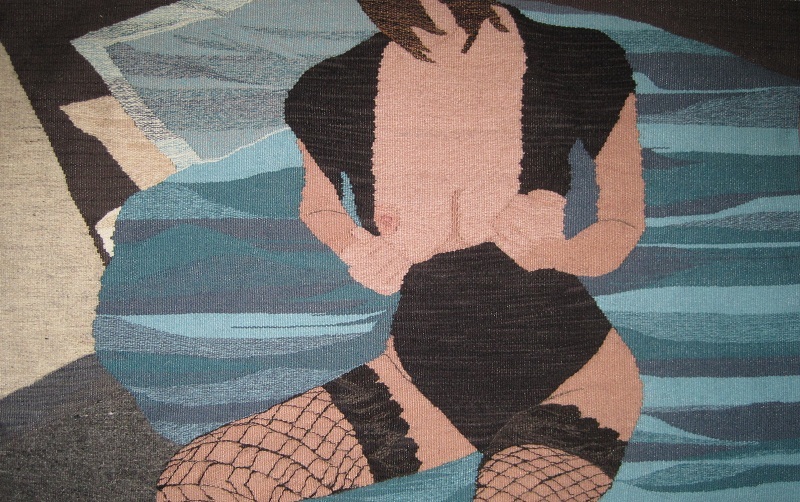
Erin M. Riley on Kara Walker “Probably the most moving piece I have seen, that I think back on often, was Kara Walker’s video piece in The Puppet Show at ICA Philadelphia in January of 2008, when I was in the middle of my first year of grad school. It was one of the most moving pieces I have ever seen; something that completely captivated me and inspired me to use challenging imagery no matter how emotionally taxing. William Kentridge’s tapestries at the Philadelphia Museum of Art allowed me to see scale in woven form that I never thought possible.”
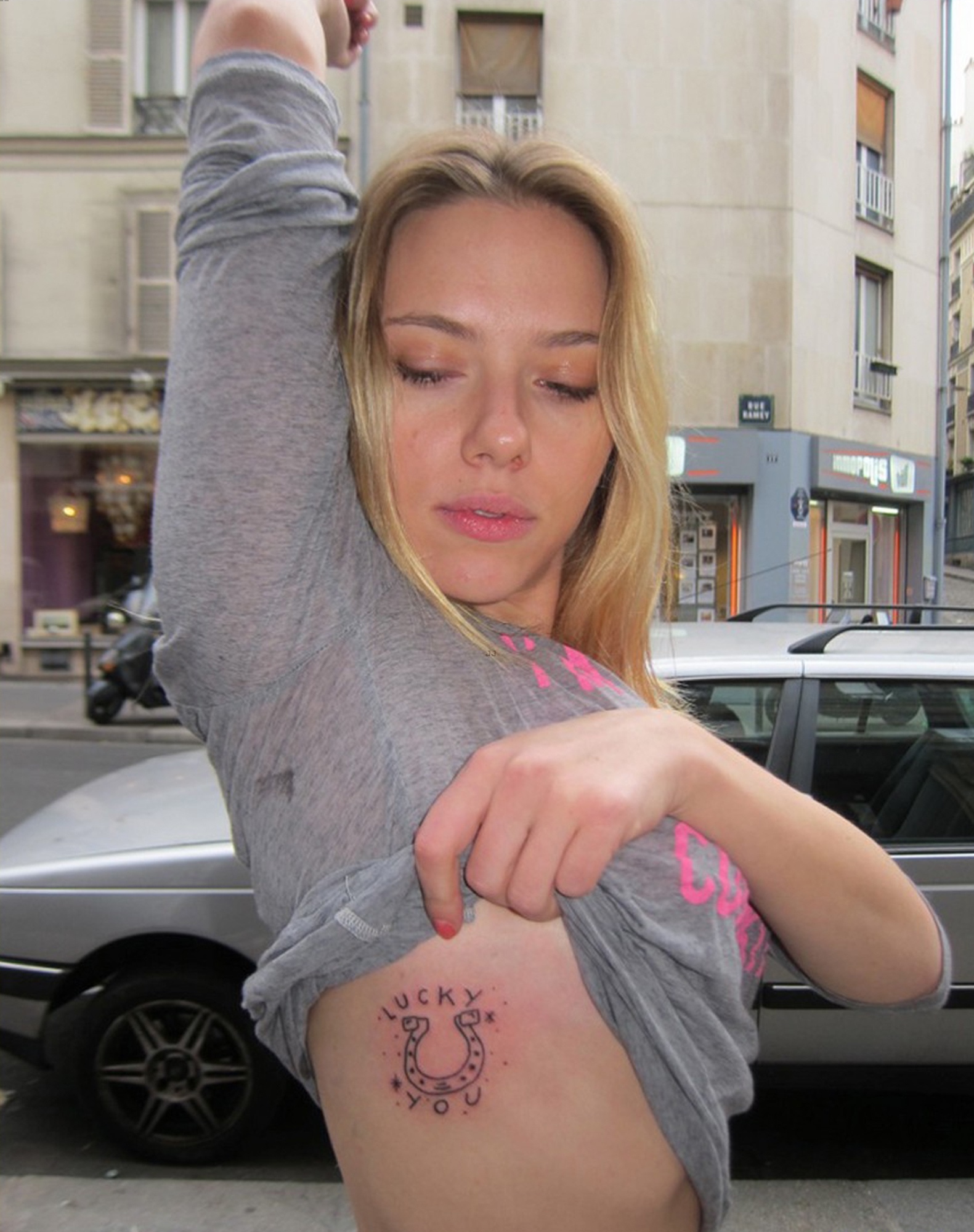
Fuzi Uvtpk on Hieronymus Bosch “Ten or 15 years ago, my friends and I were in Rome to paint the subway, and I wanted to go see Venice. None of my friends wanted to go with me, so I took the train alone, and rented a shitty hostel room for the night. It was autumn, and the fog was so thick that it was impossible to see the architecture, and I was really disappointed. So I decided to go to Palazzo Ducale, and that is where I first discovered the paintings of Hieronymus Bosch. I had no idea who this guy was, but I felt something when I looked at his art. It was so powerful and free. I stayed for a few hours in that room, hypnotized by his art and looking at all the tiny details. He’s still one of my favorite artists to this day.”
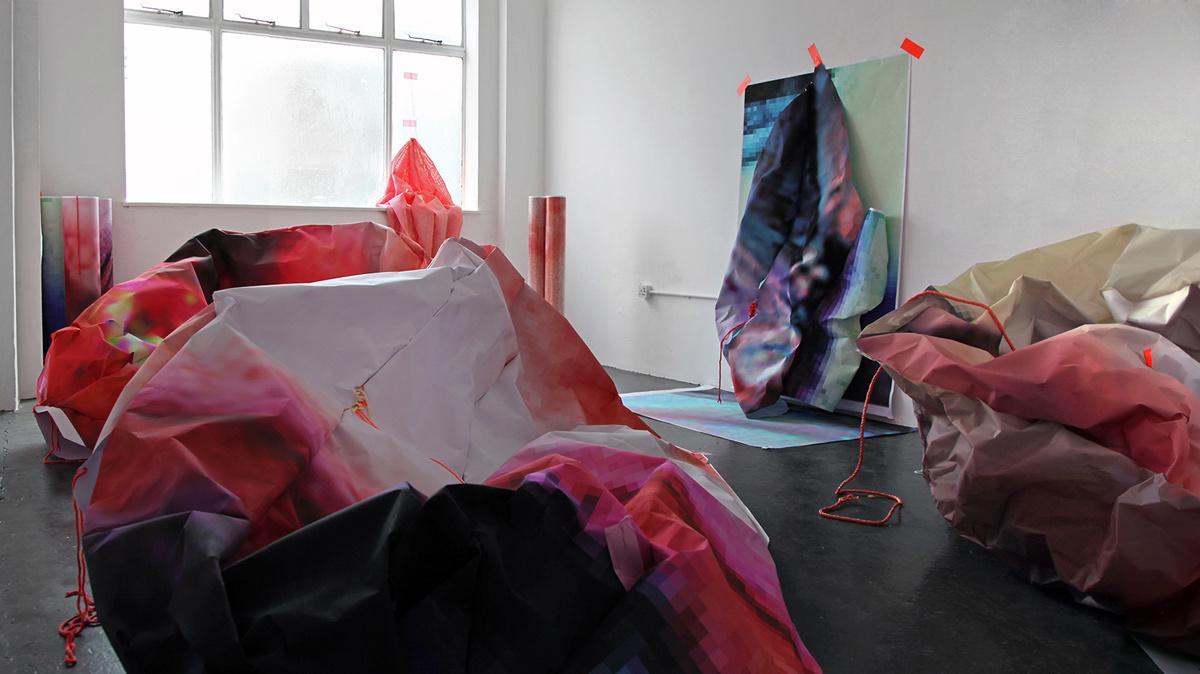
Emily Motto on ‘Walking in my Mind’ “One of the first really inspiring exhibitions I went to was ‘Walking in my Mind’ in 2009, for which 10 artists transformed parts of the Hayward into environments of their imaginations. I remember it so well—there were all these exciting spaces to wander through! A room was filled with Jason Rhoades’ ‘Creation Myth’—his hectic organization of computers, lights, wood, buckets, toys, photographs and trains. And Thomas Hirschhorn created a warren-like brown tape structure that you could walk through and discover connecting caves filled with philosophical texts and fake dynamite. I remember being completely immersed in his cardboard tunnels. The artists in the show all worked in such different ways and materials in their approaches; it really opened my eyes to ways of making sculpture.”
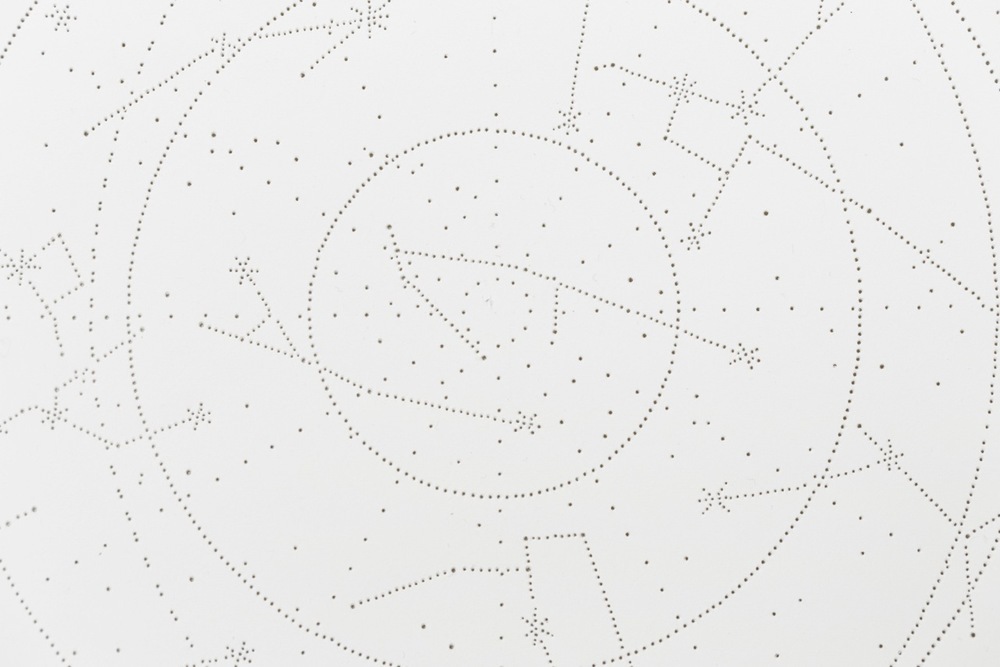
Stanislava Pinchuk (aka Miso) on Gianni Versace “I think the first exhibition that actually changed my life was a Gianni Versace retrospective. I grew up in a quieter city in Ukraine with a really old, slightly dowdy museum. I don’t remember it having heating, or lights on in the entrance. If the works were really old, they got covered in cloth—you just lifted it up if you wanted to have a look. So of course, Gianni’s Eurotrash leopard print and sequins were an obvious hit for a 10-year-old Ukrainian girl. It was the first time I saw a creative life’s work in one place, someone constructing a full world that they lived in to the last detail. I don’t think I had ever thought of that possibility before, or knew it existed—or that it could be for me. Which is probably why between all my art-world black clothes, I still have eBay alerts for that right pair of Versace leopard print jeans.”

Ari Marcopoulos on James Turrell “The first exhibition was probably James Turrell at the Stedelijk Museum in Amsterdam. It was amazing to see how he just used light to make his work. Blew my mind, and opened my eyes to another way of making art.”
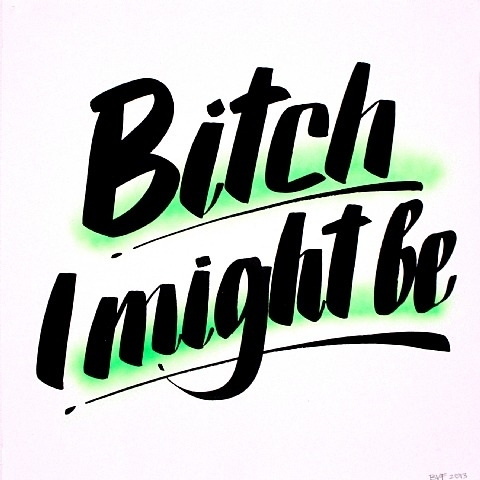
Baron Von Fancy on Sandy Skoglund “In 1990, I went to the opening of ‘The Green Room,’ an exhibition by Sandy Skoglund at the Janet Borden Gallery in Soho. Prior to seeing ‘The Green Room,’ I had been taken to a number of openings—all of which may have presented brilliant work, but none were accessible to a six-year-old. When we saw ‘The Green Room,’ it took me completely by surprise. The installation consisted of a room completely covered in AstroTurf with realistic-looking purple and green dog sculptures of different breeds all over the place. Seeing the gallery space transformed into this magical new world made an impression that I will never forget. I understood then, for the first time, that what we see is not just there by chance but is often the product of someone else’s vision. That day, my mom took a photograph of me and my twin sister at the opening. I treasure this image, which sits on my desk today.”
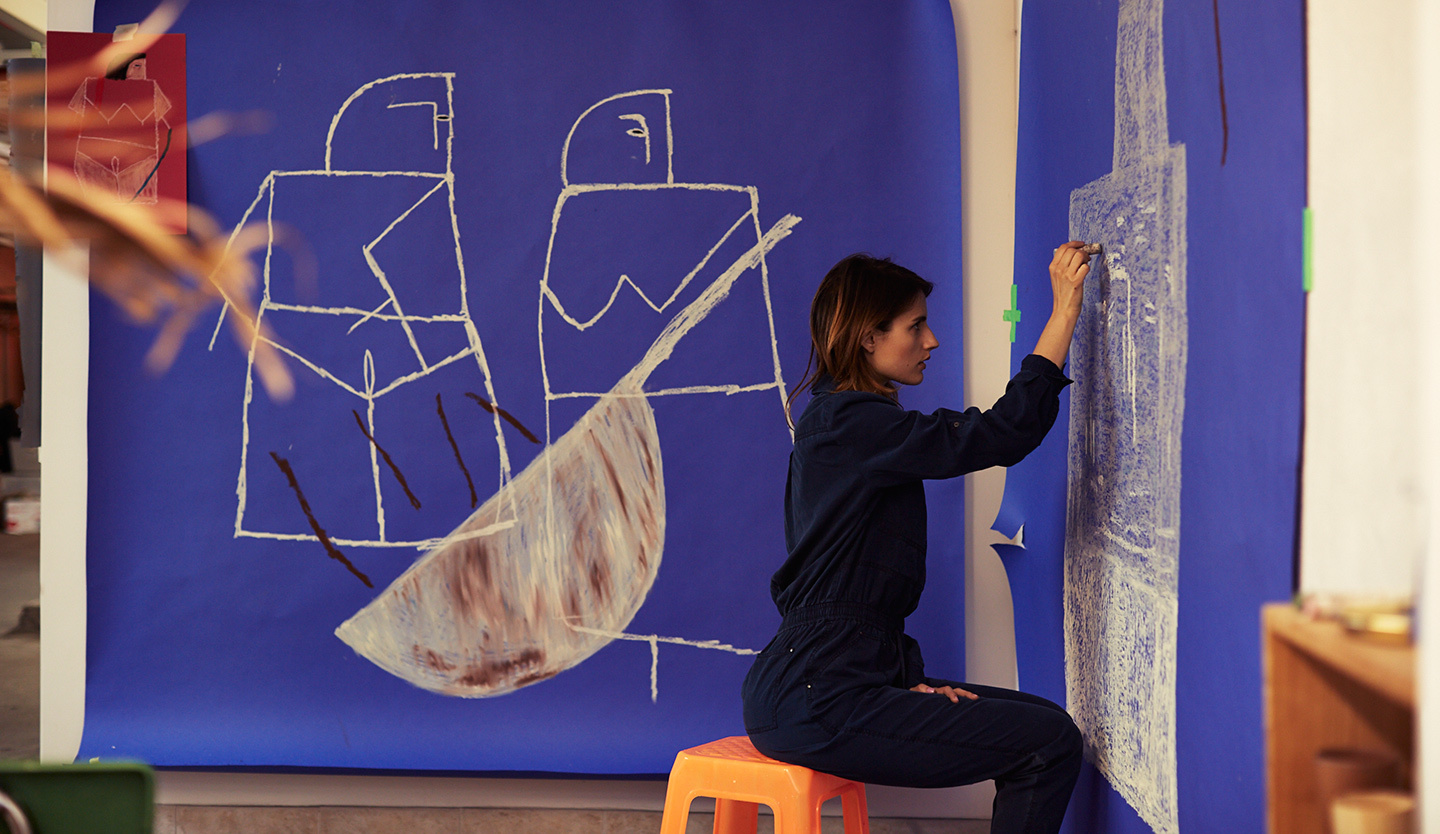
Ana Kras on communist sculpture “I remember seeing a sculpture in front of the town hall in New Belgrade, close to my grandmother’s place and asking her what it was. She told me, ‘It’s a sculpture.’ I was probably 5 or so. I asked why it’s there, and she explained it’s there because someone had an idea to make a shape like that and now it’s making this square look unique and beautiful. I really liked that sculpture. It was large and very brutal—one of the typical New Belgrade Brutalist Communist sculptures. Then, my first time actually seeing art as a profession and realizing that people can do that, was seeing the studio of my godfather Bata Knezevic. My mind was blown. It might have been one of the biggest life-changing moments of my life. It was a wonderland. Paints, pencils, big silkscreens, buckets of pigments, huge papers—I felt like I landed on another planet. I remember wishing to do that when I grew up—up until then, I wanted to be a taxi driver.”
Credits
Text Zio Baritaux
All images, courtesy the artists
